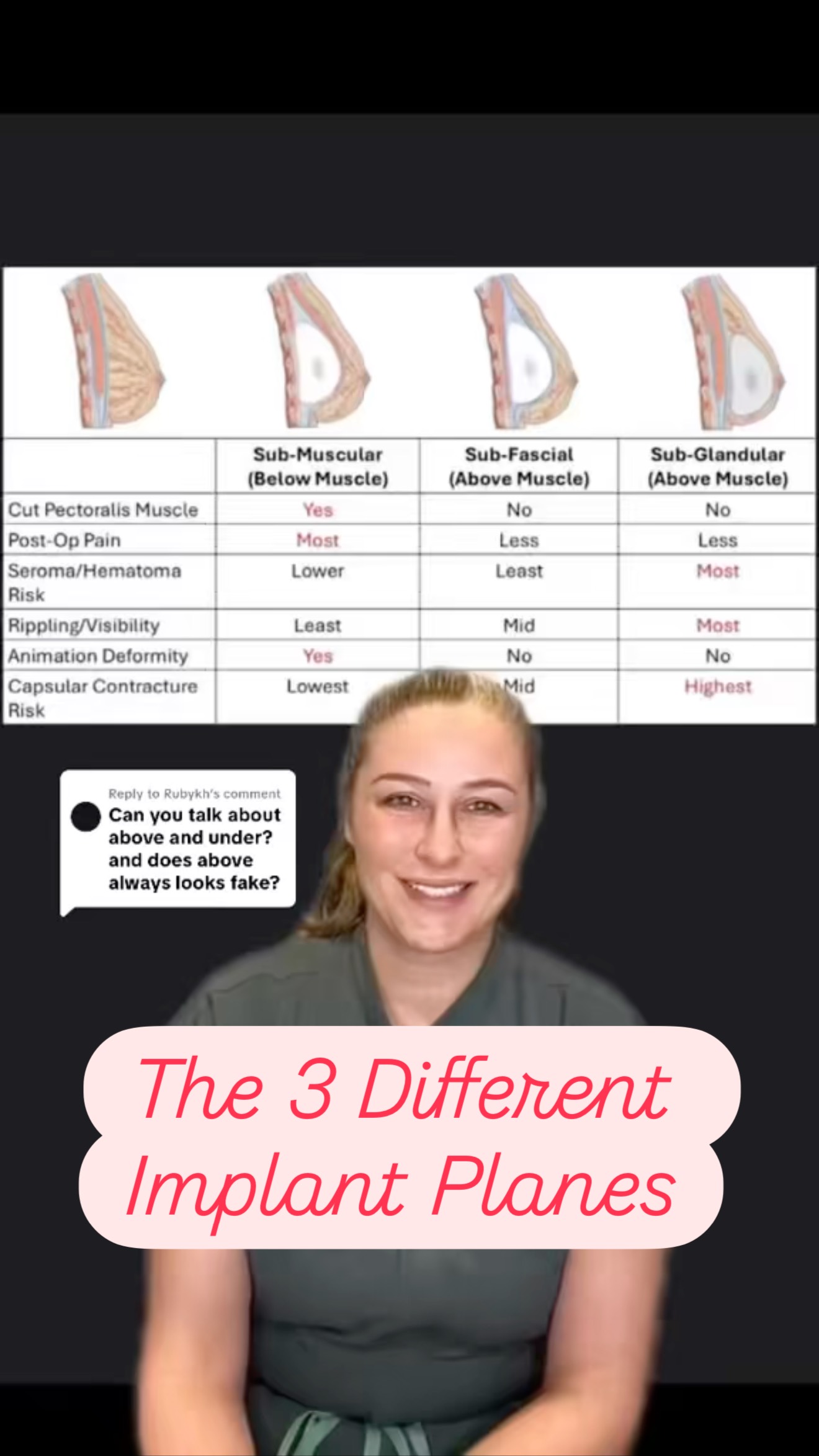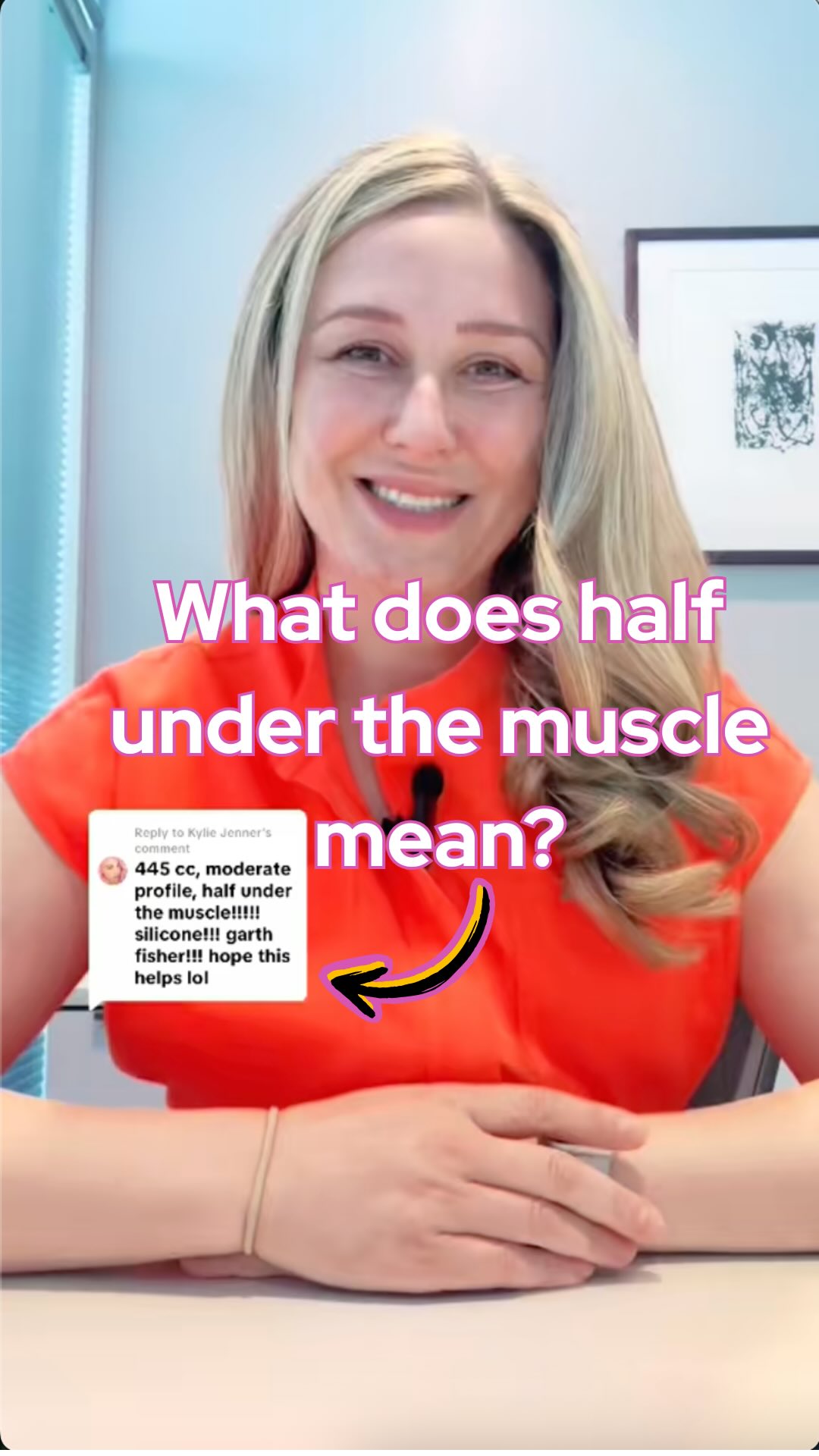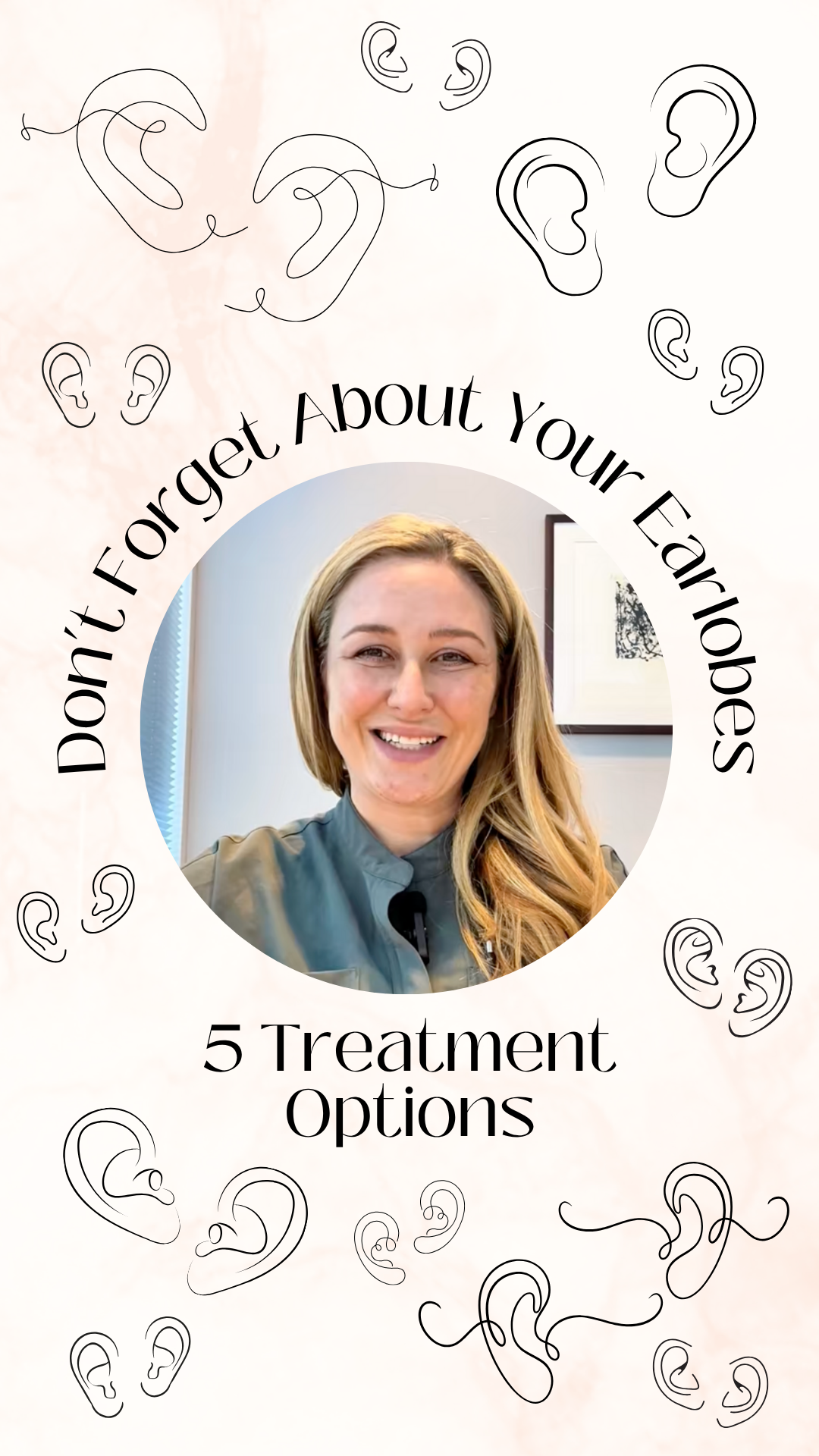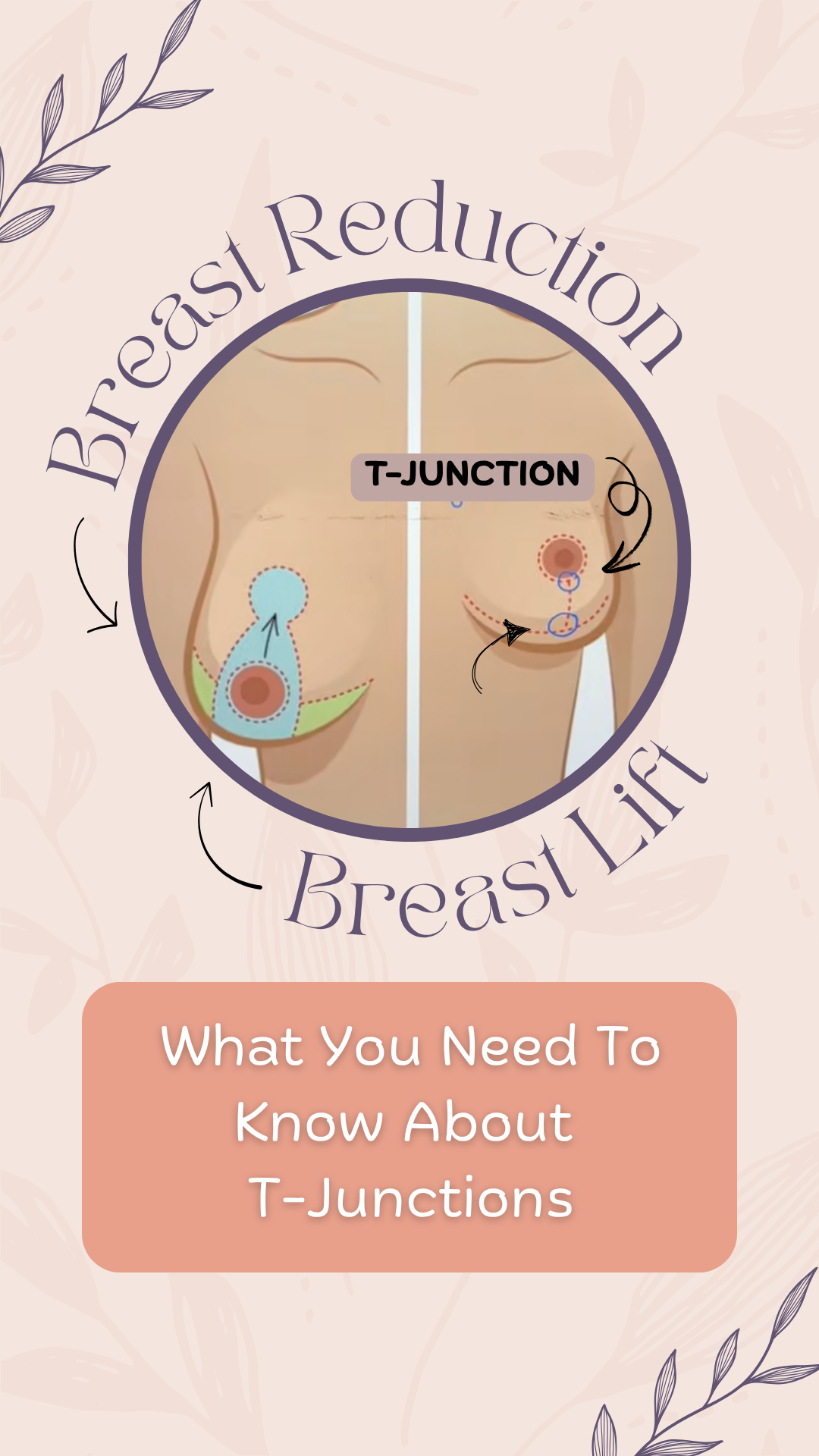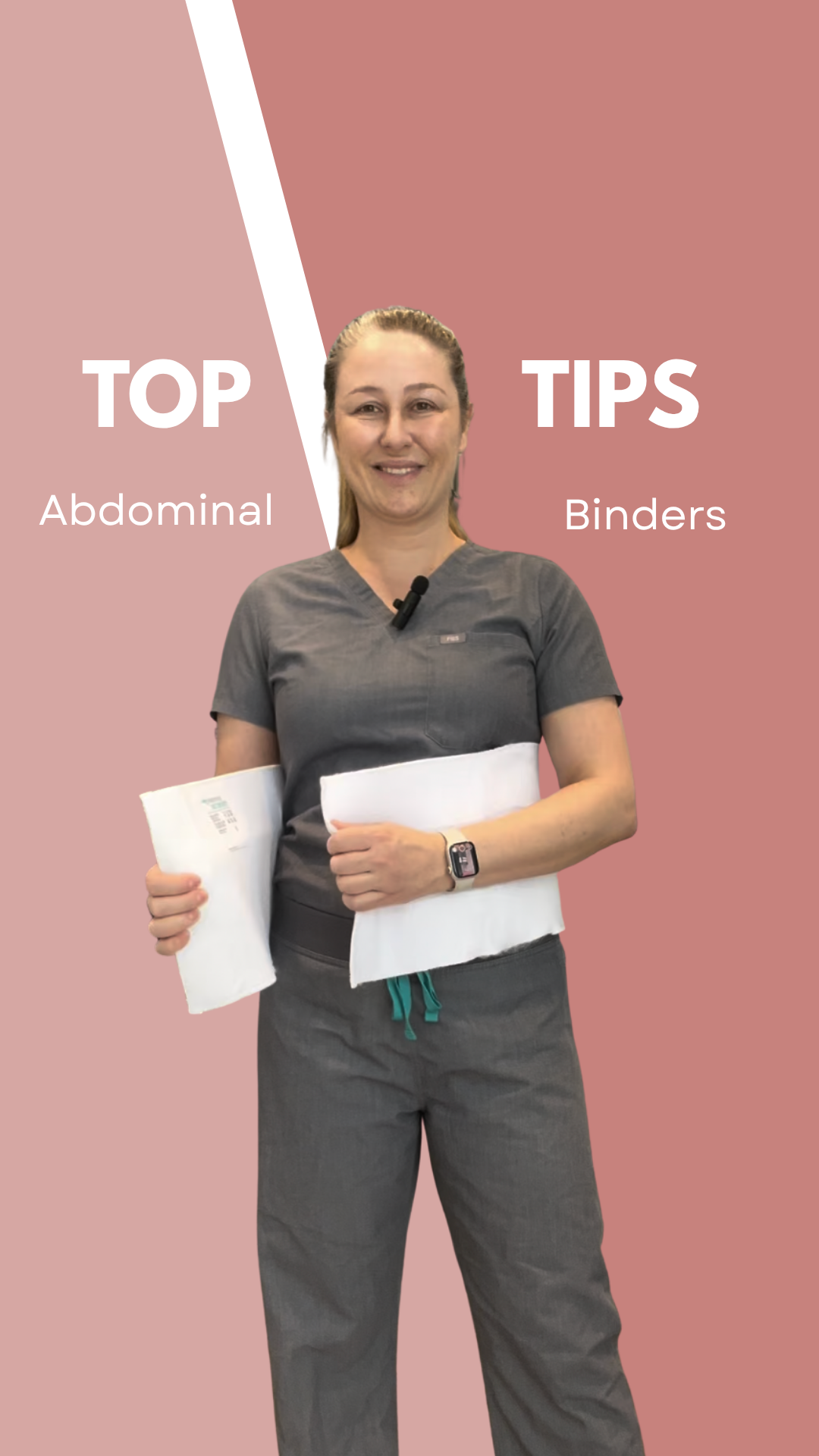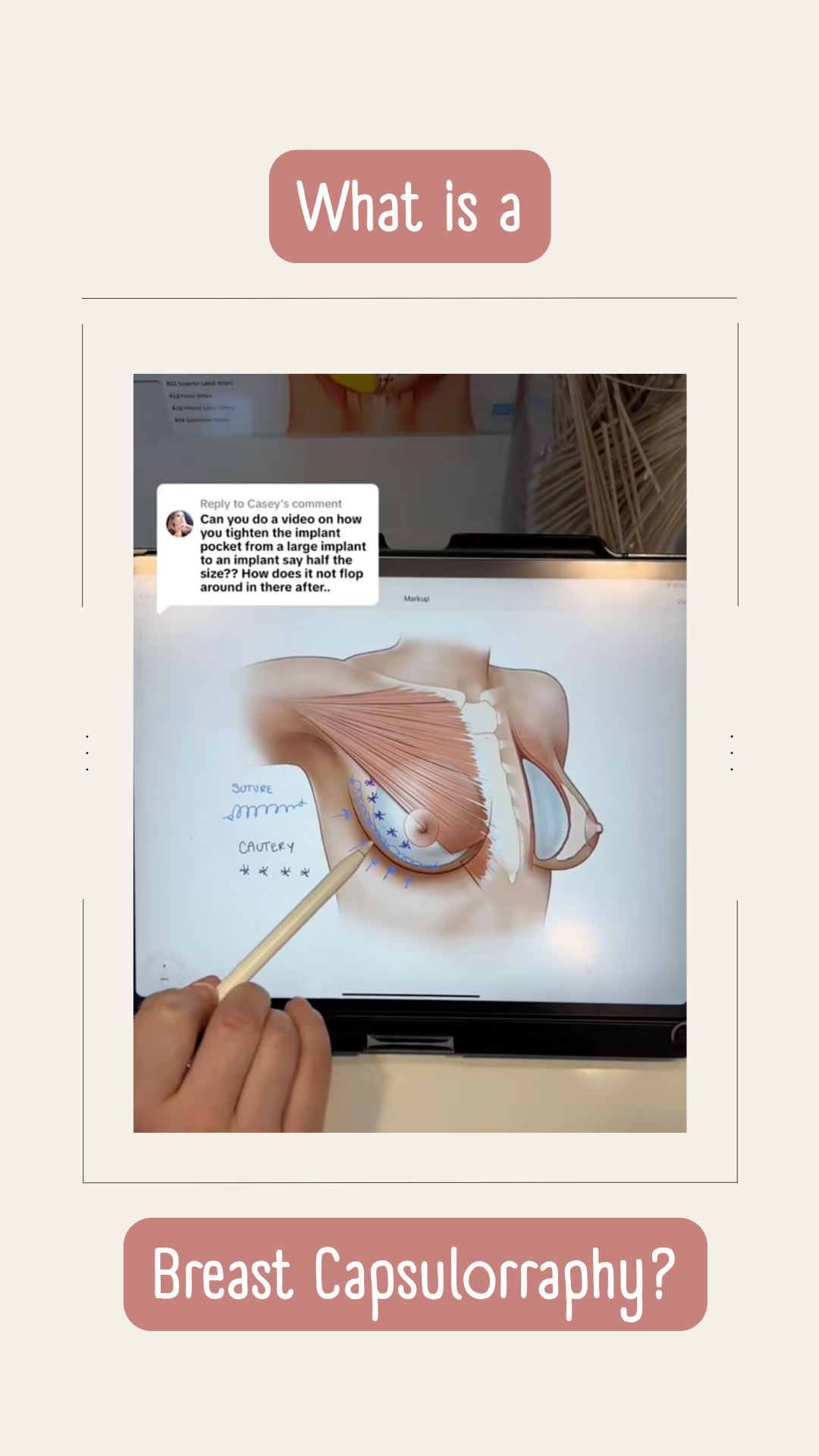Otoplasty (Ear Pinning)
Otoplasty, also known as ear pinning or ear reshaping surgery, is a cosmetic procedure that adjusts the position, shape, or proportion of the ears to create a more natural and balanced appearance.


Otoplasty is a surgical procedure designed to reposition or reshape the ears to improve their alignment and proportion relative to the head and face. Often performed to correct protruding or prominent ears, it can also address asymmetry, congenital deformities, or damage from injury.
While otoplasty is commonly performed on children between the ages of 5 and 6, when the ear cartilage is still soft and moldable, it’s also a popular and effective procedure for teens and adults who are self-conscious about their ears or have long wished to correct their shape. Whether the goal is to reduce projection, enhance symmetry, or refine the ear’s contour, otoplasty can lead to transformative improvements with subtle changes that restore confidence and comfort.
What you need to know
Every procedure and treatment we offer is thoughtfully designed to meet your unique goals, lifestyle, and anatomy. Below, you’ll find key details about what to expect—from how the procedure works to recovery guidance and ideal candidacy—so you can feel informed, confident, and empowered at every step of your journey.
Surgery Time: 2 to 3 hours
Anesthesia: Local or general anesthesia (based on age and preference)
Setting: Outpatient procedure
Incisions/Scars: Hidden in the natural crease behind the ear
Recovery Time: 1 to 2 weeks
Reduces the appearance of ear protrusion
Reshapes overly large or misshapen ears
Improves symmetry between the ears
Enhances facial harmony and balance
Allows patients to feel more confident wearing short hairstyles, updos, or pulled-back hair
Provides a lasting solution with natural-looking results
You may be a good candidate for otoplasty if you:
- Have prominent, protruding, or asymmetrical ears
- Are in good overall health and able to undergo elective surgery
- Have fully developed ear cartilage (typically age 5 or older)
- Do not smoke or use nicotine products, or are willing to quit before and after surgery
- Have realistic expectations about the outcome
- Are emotionally mature, especially in pediatric cases
- Are committed to following post-operative instructions to support optimal healing

An overview of the procedure
"From my initial consultation to the surgical procedure and follow up appointments, it’s been such a great experience. Office is beautiful, staff is friendly and personable and Dr. Aime makes you feel so comfortable with everything. I’ll be a forever patient."
“I recently underwent a submentoplasty procedure performed by the incredibly talented plastic surgeon, Dr Aimé. My decision to have submentoplasty was not taken lightly and Dr Aimé made sure to thoroughly explain the entire procedure to me during our consultation.”
Frequently Asked Questions
We’ve gathered answers to some of the most common questions our patients ask about this procedure. Whether you’re just starting your research or preparing for surgery, this section is here to help you feel informed and confident every step of the way.
Once the surgical bandage is removed, patients will be instructed to wear a headband during the day and night for the first two weeks after the procedure and then at night only for an additional two weeks. This helps protect the new ear shape.
Typically, you can resume wearing earrings 1 month after otoplasty surgery.
Generally, walking may resume right away after surgery. Light physical activity such as non-contact exercise may resume after 3-4 weeks to allow the ears to heal. Normal, strenuous exercise may resume 6 weeks after surgery. Regardless, the healing ear(s) should be protected from direct trauma, such as with contact sports.
Ready to start your transformation?
Whether you’re just beginning to explore your options or have specific goals in mind, we’re here to guide you with expertise and compassion.

Read more articles

Rhinoplasty (Nose)
Rhinoplasty, often referred to as a “nose job,” is a surgical procedure that reshapes or refines the nose to improve its appearance, enhance facial harmony, or correct breathing issues. Whether addressing cosmetic concerns, injury-related deformities, or functional obstructions, rhinoplasty is a highly individualized surgery tailored to your goals and anatomy.

Face Lift & Neck Lift
A facelift and neck lift are powerful cosmetic procedures designed to restore a more youthful, refreshed appearance by tightening sagging skin, redefining the jawline, and smoothing the neck. These procedures target visible signs of aging in the lower face and neck, offering long-lasting, natural-looking results.

Neck Liposuction
Neck liposuction removes excess fat beneath the chin and along the lower face to enhance jawline definition and improve the overall contour of the neck.

Fat Grafting to Face
Restore youthful volume and contour with facial fat grafting—a natural, long-lasting solution that uses your own fat to rejuvenate the face.





